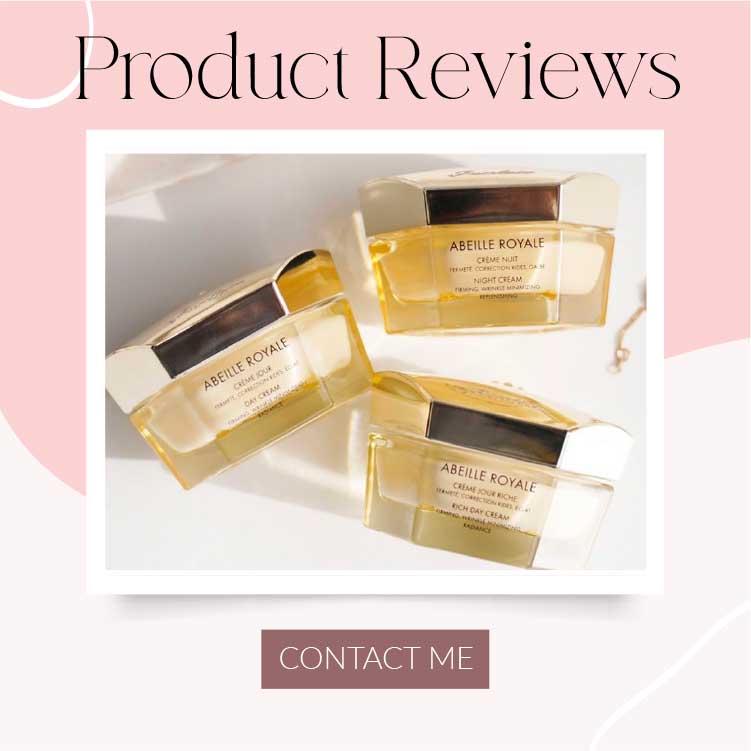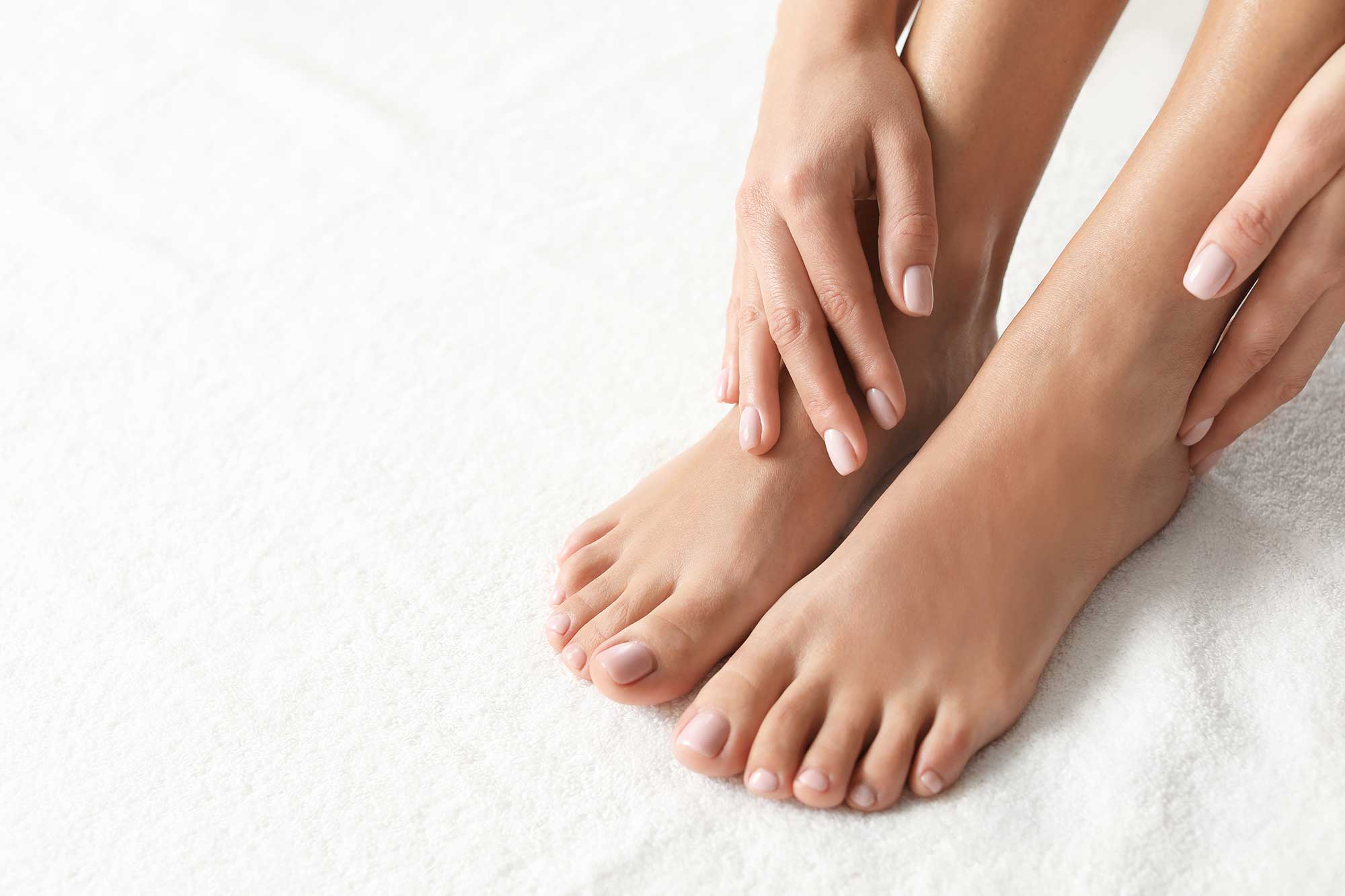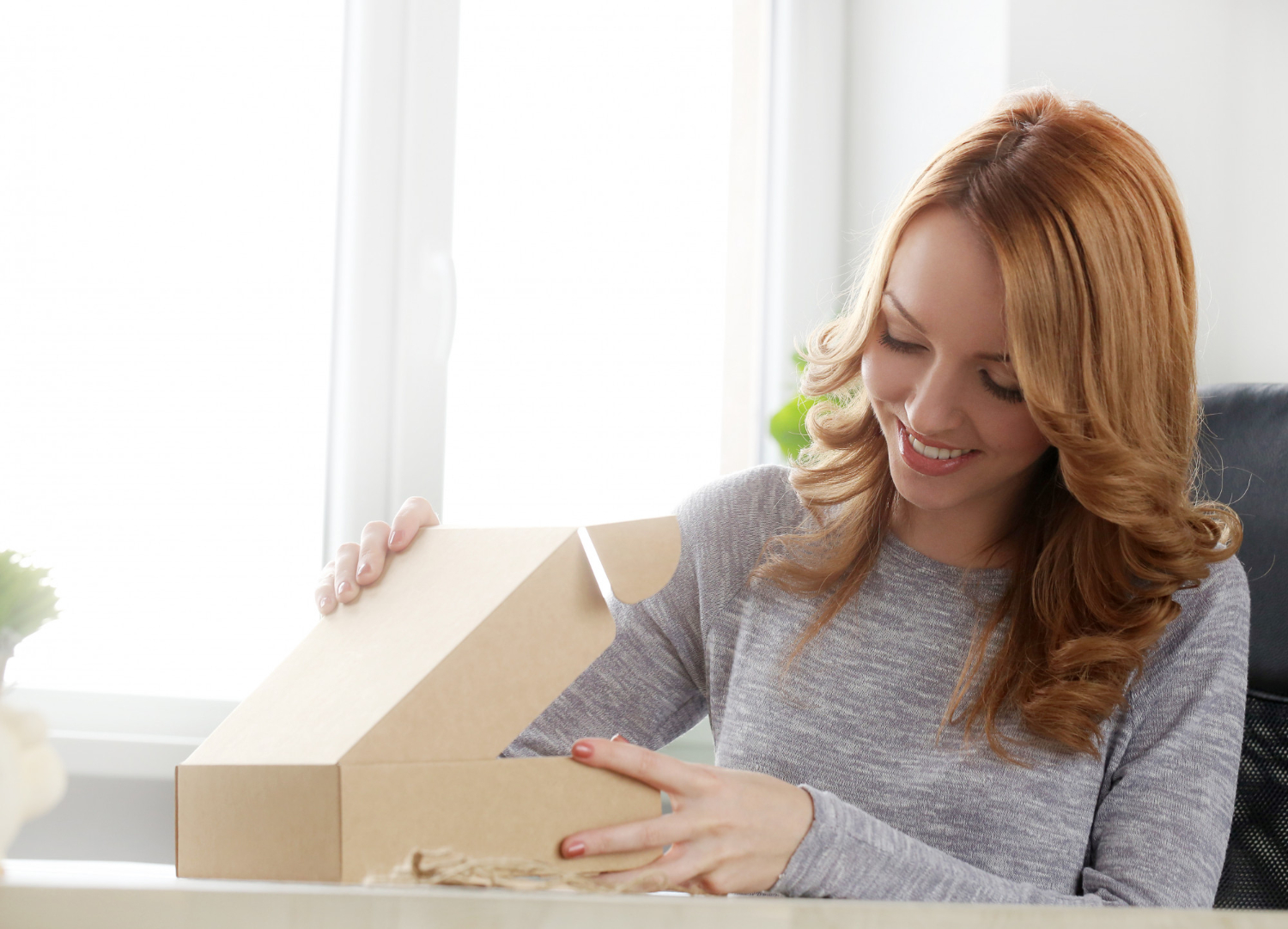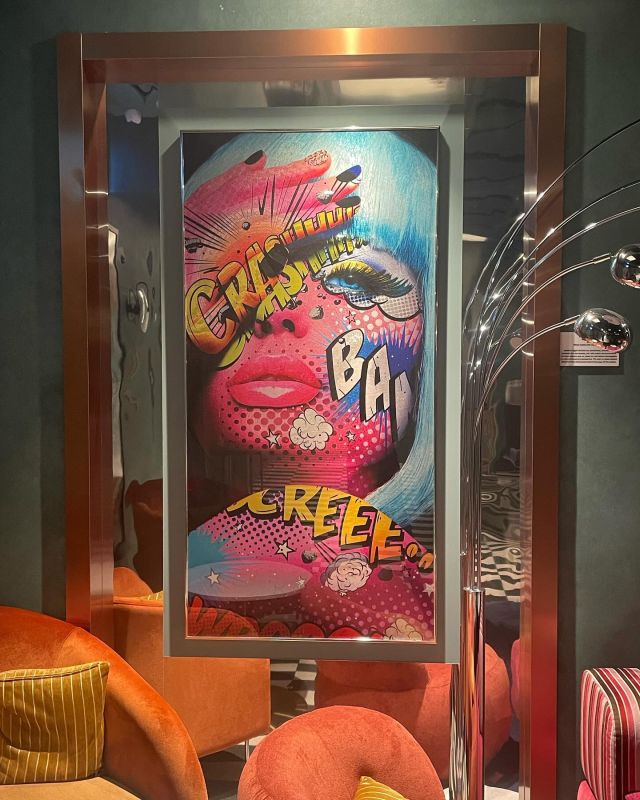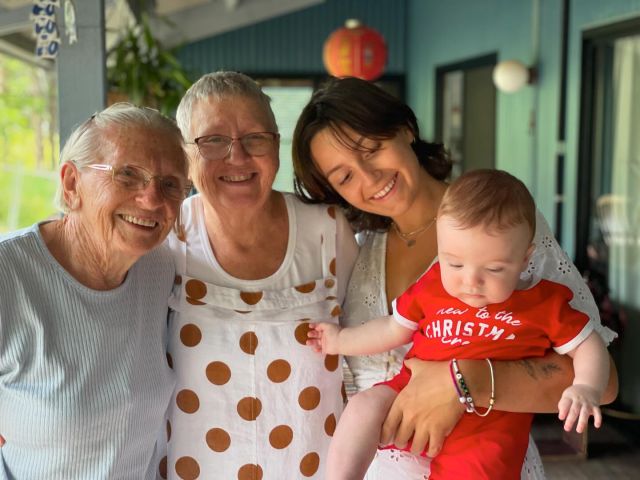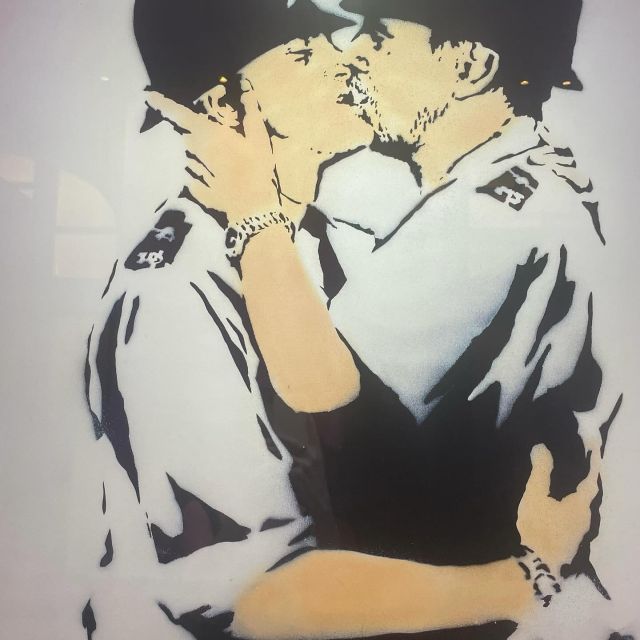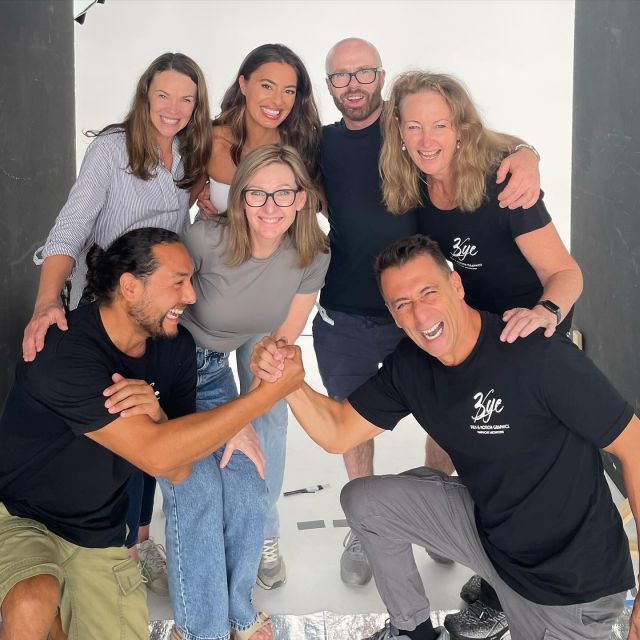We’ve all been there – we get a new pair of shoes, can’t wait to wear them, set off on our adventures only to find that in the first hour or so that we are starting to develop painful blisters – ouch!
Why do blisters form when you wear new shoes?
To understand how to avoid blisters we first need to take a look at why they tend to form in the first place. Blisters are formed on areas of the feet that are being excessively rubbed or are under uncomfortable pressure, usually as a result of an ill-fitting shoe or one that your feet aren’t used to. When a shoe rubs or fits incorrectly it causes a ‘hot spot’ on the foot, leading to inflammation, which in turn causes the top layers of the skin to separate and to fill with fluid.
What can you do to avoid blisters?
- Buy shoes that fit your feet
Let’s get the obvious one out of the way first – buy shoes that fit your feet. Shoes that are too small will cause pressure points and shoes that are too big will lead to your feet sliding around, causing friction. While we’re on the subject of ill-fitting shoes, blisters are also more likely to form on areas such as the little toe, simply because the toe-box of the shoe is made into an unnatural shape. When buying shoes the best way to avoid blisters is to have them fitted by a professional and to focus on buying styles that don’t force your feet into unnatural shapes. - Stop the sweat
Our feet are covered in sweat glands and so especially in the summer months you can expect to experience damp feet which causes your feet to slip around inside your shoes, increasing the chance of friction and blisters. Socks can help to absorb sweat, but you can also reduce sweat production by applying deodorant to your feet and by ensuring that you wear breathable shoes. - Add lubrication
On the other end of the spectrum, adding lubrication to your feet such as an anti-chafing product like BodyGlide is another way to avoid friction. Unlike sweat, which will dry and ultimately cause more friction, anti-chafing products are often oil-based and will provide longer-lasting protection. - Use a barrier
Finally, for new shoes that you think may cause a blister, consider using a barrier such as a band-aid, an extra pair of socks or even a specialist blister padding product to protect your feet while your new shoes wear in and mould to your foot shape.
What to do if you get a blister?
Hopefully, by trying the above, you’ll be able to reduce your chances of developing a blister, but if you do get one, then find yourself a foot blisters treatment for the bottom of the foot or for whichever part of your foot the blister has formed on. This will often be a blister plaster which can provide instant relief from the pain and will help to draw out moisture from within the blister pocket.



